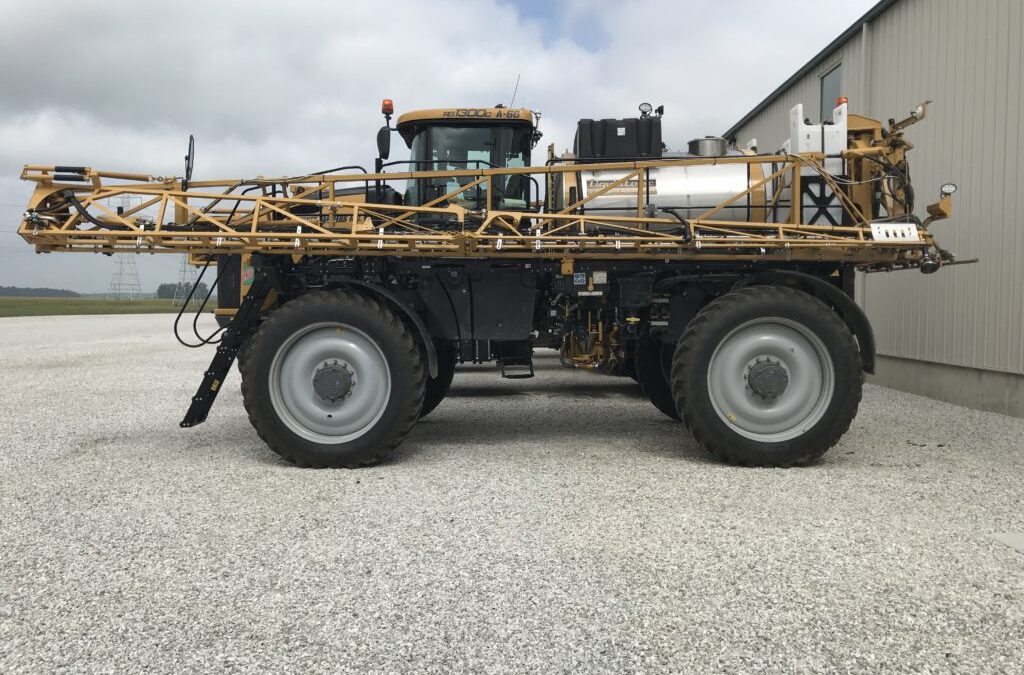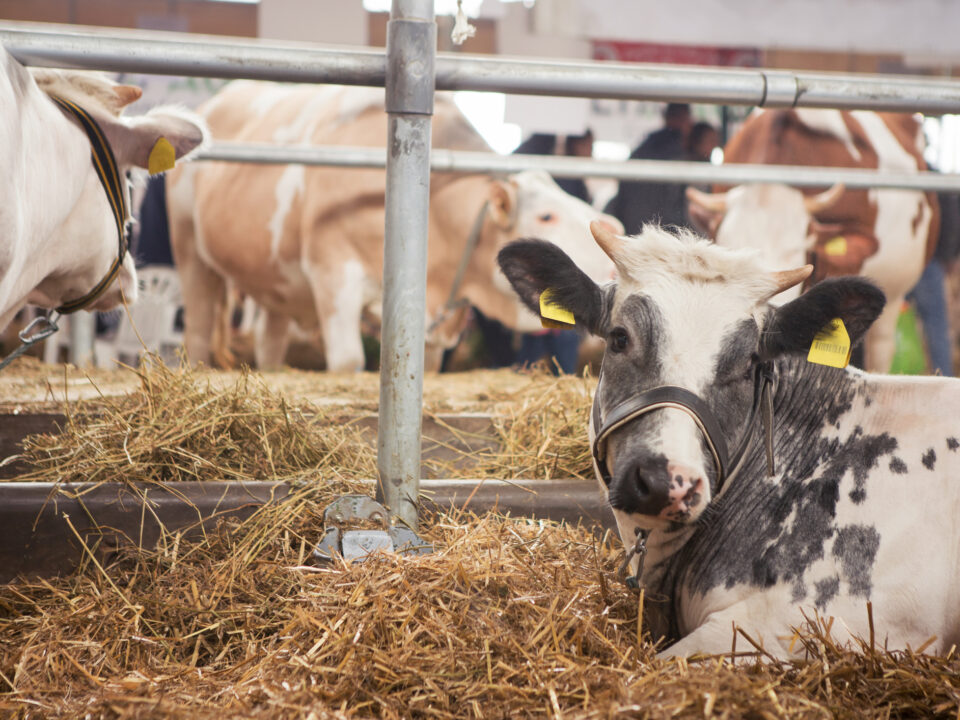
Benefits of Fall Weed-Control Applications:
A fall burndown can be a very beneficial part of your crop management program. Weeds are smaller in the fall making them easier to control, and with winter right around the corner weeds will begin to translocate their nutrients into their roots. While the nutrients are going down into the roots so will the herbicide making it easier for the herbicide to take control. The fall burndown will leave your field with less weeds in the spring, so you can get an earlier start on tillage and planting. Less weeds will reduce the amount of competition allowing crops to get a better start and a more uniform stand. Fewer weeds also means fewer egg-laying sites for insects such as spider mites and cutworms, and no alternate host for soybean cyst nematodes.
Along with benefits for your crops, a fall burndown has benefits for your land and equipment. Drier fall soils are better suited for sprayer traffic minimizing compaction. A clean field is also easier on machinery, because equipment works better in clean field.
A fall burndown is especially important for no-till farmers. Weeds that were overwintered are hard to control in the spring. Trying to plant fields with actively growing weeds can cause stress on crops, because of the competition for nutrients. Marestail is an example of an overwintered weed that can be controlled with a fall burndown.
In spite of its benefits, a fall burndown doesn’t eliminate the need for a residual herbicide program in the spring to achieve season long weed control. Even if a highly effective fall burndown is applied, a spring application for preemergence herbicide may also be needed to control spring germination.
Herbicide Tools for Fall Application:
Key herbicides for fall application include Group 4 (plant growth regulator) herbicides and Group 2 or 5 herbicides, which are often combined with glyphosate. For fields being rotated to corn, a selection of Simazine or Metribuzin with a combination of 2,4-D and Dicamba products will do a good job of controlling winter annuals and even some early-germinating summer annuals. Farmers can also add glyphosate to control emerged winter annual grasses or to help control winter annuals that have exceeded three inches in height.
For rotational flexibility or for fields being rotated to soybeans, a selection of either Basis Blend or Metribuzin plus a combination of 2,4-D and Dicamba works well to control winter annual weeds. Glyphosate is also recommended to control emerged winter annual grasses or to help control winter annuals that have exceed three inches in height.
Fall burndown is the one method that controls weeds such as marestail, (which is generally both glyphosate and ALS-resistant), dandelions, and winter annuals. A fall burndown can help get control over these weeds before they get too big and harder to control. A fall burndown can make for a successful spring planting.



